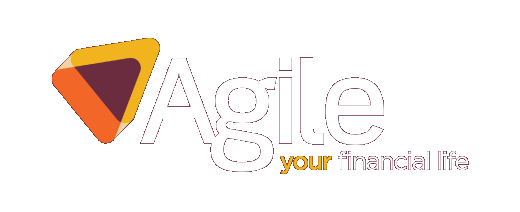Research suggests the fear of running out of money later in life could be holding back millions of retirees. While spending too much too soon is a risk for some retirees, it could also mean you miss out on the lifestyle or experiences you’ve been looking forward to.
According to a report in MoneyAge, 30% of retirees – the equivalent of 6.4 million people – said spending money makes them anxious. A similar proportion agreed they often don’t spend money on things they need because they’re worried about the future.
Interestingly, a quarter of those questioned said their emotions influence their financial decisions.
In some cases, retirees might need to be mindful of their budget to ensure their assets last their lifetime. Yet, the responses suggest that many retirees are reducing spending based on emotions, rather than a financial review.
Spending too much too soon is a risk many retirees may want to consider
Running out of money later in life may be a concern if you choose to access your pension flexibly or are using other assets to complement a reliable income.
When you use flexi-access drawdown to access your pension, you can adjust the income you receive to suit your needs. This provides you with greater flexibility, which could be useful if your income needs change or you have a one-off expense.
However, you’ll also need to consider how much you can sustainably withdraw from your pension each year. If you take a higher amount in your early years of retirement, it could leave you with a shortfall in the future. In some cases, that could lead to an inability to meet financial commitments or mean that you need to adjust your lifestyle.
So, the concerns raised in the survey are valid ones. Yet, being overly cautious could present a different type of risk too.
You could risk the retirement lifestyle you’ve worked hard to secure, even if you have the assets to achieve it because fear means you’re holding back.
A retirement plan could help you manage financial fears
A bespoke retirement plan could help ease your financial fears when you retire.
As part of creating a retirement plan with your financial planner, you might use a tool known as “cashflow modelling”. This could help you visualise how your wealth and assets might change during your lifetime.
A cashflow model uses information about your current finances and your plans to project how your wealth will change. So, you might want to model whether withdrawing £35,000 a year from your pension could mean you run out of money later in life. Or calculate what would happen if you wanted to withdraw a lump sum to fund a one-off cost, like going on a luxury cruise.
Not only does cashflow modelling help you understand how your retirement plan could affect your finances, but it may also be used to understand the effect of events outside of your control. For example, you might want to understand how your pension would fare if you needed to replace your home’s roof unexpectedly, or how a period of high inflation may affect your long-term finances.
As you can model these scenarios that might be a cause of financial fear, you could find your worries are eased when you realise you’re in a better position than you initially thought. Alternatively, it may highlight a potential gap that you might be able to close as a result.
It’s important to note that the projections from a cashflow model cannot be guaranteed. The data will be dependent on the information provided and will make some assumptions, such as the rate of inflation or expected investment returns.
Yet, cashflow modelling could still be a useful way to understand how the decisions you make might affect your financial security in the future.
One of the challenges of managing your finances in retirement is that it often requires a mindset shift.
During your working life, you might have focused on accumulating wealth. This may have involved contributing to your pension, creating an emergency fund, or investing with the aim of delivering long-term growth. During this period, you might have formed positive money habits that helped you reach your goals.
When you retire, many people switch to decumulating wealth as they use assets to fund their lifestyle. It can be more difficult than you expect to change the habits you’ve formed to suit the next chapter of your life.
So, it’s not just fear you may have to consider when understanding what might be influencing your financial decisions in retirement.
Again, a retirement plan could give you the confidence to start using the assets you’ve accumulated during your life to support the retirement goals you’ve been working towards.
Get in touch to understand your retirement income
If you’d like to understand how to use your pension to create a sustainable income in retirement or how you might use other assets, please get in touch with us. We could work with you to create a tailored retirement plan that considers both your financial situation and your goals.
Please note:
This blog is for general information only and does not constitute advice. The information is aimed at retail clients only.
A pension is a long-term investment not normally accessible until 55 (57 from April 2028). The fund value may fluctuate and can go down, which would have an impact on the level of pension benefits available. Past performance is not a reliable indicator of future performance.
The tax implications of pension withdrawals will be based on your individual circumstances. Thresholds, percentage rates, and tax legislation may change in subsequent Finance Acts.











